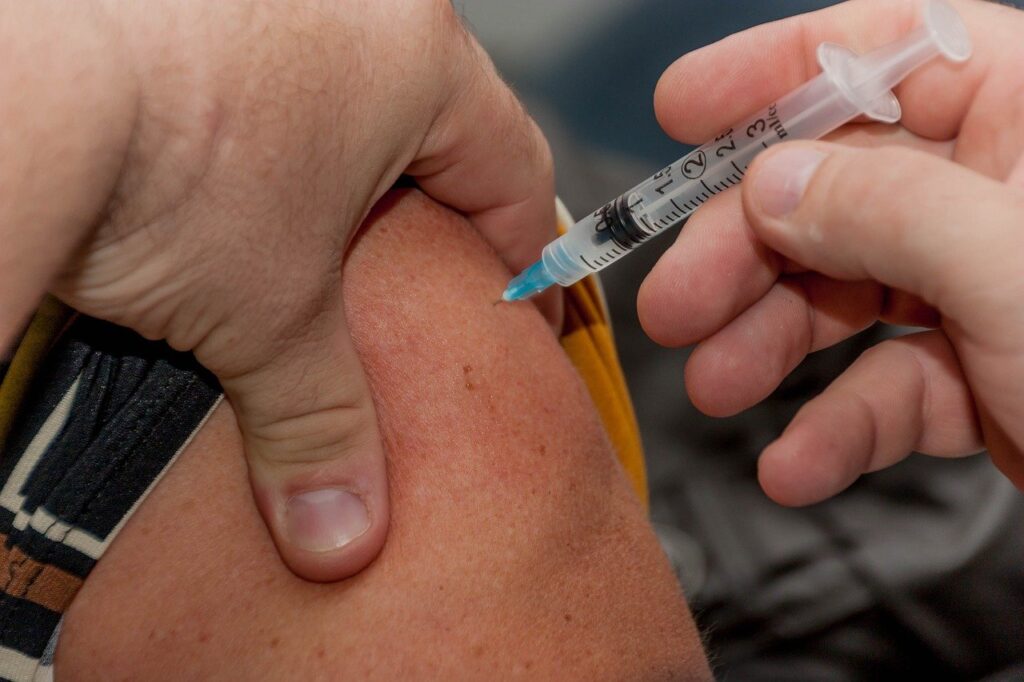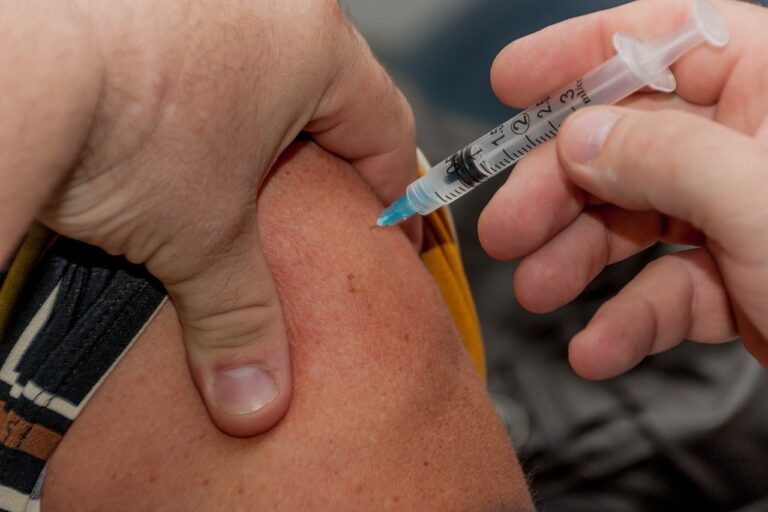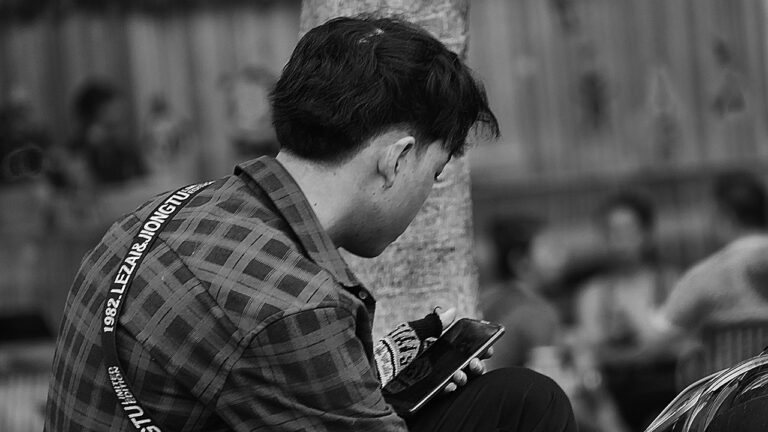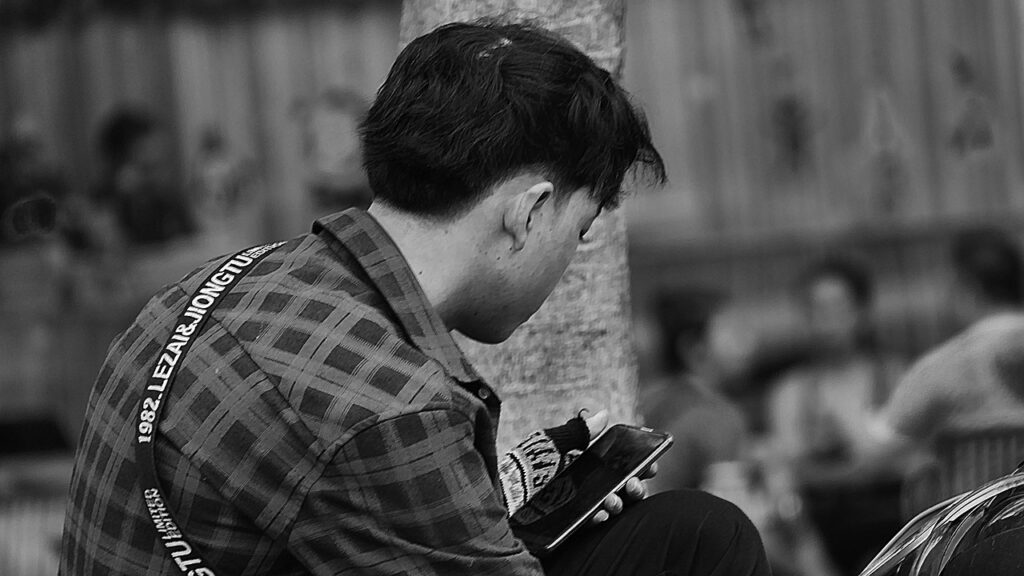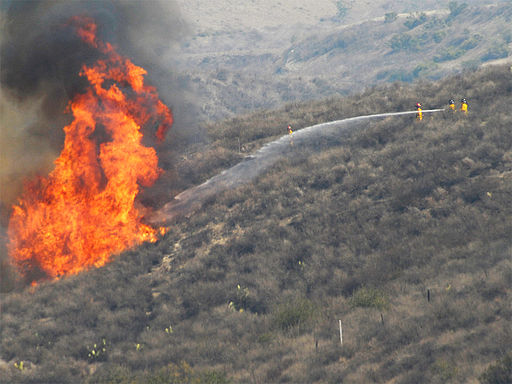By Pamela Cruz. Peninsula 360 Press [P360P]
Technological life is growing at an accelerated pace. Social media plays a central role in teens' lives, leading to new challenges. Research is beginning to uncover how these specific experiences can influence their mental health.
Digital technologies have become a universal feature of young people's lives. Exposure to screens begins early in life, with U.S. children under the age of two spending an average of 42 minutes a day with screen media, according to a census held at Common Sense in San Francisco.
By the time kids reach adolescence, most are fully immersed in a world of smartphones, computers and social media. Recent nationally representative statistics suggest that 95 percent of teens ages 13 to 18 have access to a smartphone and 88 percent have access to a desktop or laptop computer at home.
As of 2018, 45 percent of U.S. teens reported that they were online "almost constantly," up from 24 percent just three years earlier, according to a Pew Research Center study.
The ubiquity of new media has created an increasingly complex environment for young people, parents, health care providers, and policy makers to navigate.
Teenagers and a chaotic media landscape
Today's media landscape is broader and more diverse than ever before, and young people have access to an unprecedented volume of digital content on numerous devices.
Social media represents a central component of this landscape. Broadly defined as any digital tool or application that allows users to interact socially, they can be distinguished from traditional media - for example, television - by the fact that users can consume and create content.
Social media" can include networking sites such as Instagram, Snapchat, Facebook, TikTok, and Twitter, among others, as well as text messaging and messaging apps, social gaming tools, YouTube, and more.
Adolescence represents a period of increased risk for the onset of mental illness, with nearly 1 in 5 adolescents suffering from a diagnosable mental disorder according to the medical journal Social Psychiatry and Psychiatric Epidemiology.
And is that, the incidence of certain mental health problems, such as depression and anxiety, has increased significantly among adolescents in recent years, and suicide rates among 10-24 year olds have grown 56 percent between 2007 and 2017 according to CDC data.
Given that this increase has coincided with the widespread adoption of social networking, this has raised concerns about a possible link. In addition, technology use tends to increase over the course of childhood, with adolescents using new media, and social networking in particular, at higher rates and with greater frequency than younger children.
Nearly all teens ages 13 to 17 use social media. The most popular sites are YouTube, 85 percent; Instagram, 72 percent; Snapchat, 69 percent; and Facebook, 51 percent, according to the same Pew Research Center study.
However, new platforms such as TikTok are frequently introduced and have quickly gained traction among young people.
In addition, social networking may be uniquely appealing to teens given the characteristics of this developmental period, making them particularly susceptible to both the opportunities and risks of new technologies, notes a medical article from the University of North Carolina.
During adolescence, the rapid development of the brain's social-affective circuitry may increase sensitivity to social information, and with it the drive for social rewards and concern about how they are evaluated and judged by others like themselves.
Important developmental tasks of adolescence include establishing intimate relationships with peers, increasing independence from adults, and exploring identity.
Social networks offer a privileged context for navigating in new and increasingly complex ways as "contacts" are constantly available, personal information is displayed publicly and permanently, and quantifiable feedback from peers is provided instantly in the form of "likes" and "views," reveals a psychological study.
How deep is the impact?
Research on social networking and adolescent mental health has proliferated in recent years, with many studies exploring whether more frequent use of social networking sites is associated with various mental health problems, including depression, body image and eating disorders, and externalizing problems.
Overall, the findings of these studies have been mixed, with many revealing a small but significant negative effect of social network use on mental health.
The use of social media can have positive or negative effects on young people's development. Social networks comprise a wide range of digital tools and therefore characterizing their overall impact on young people remains a challenge.
First, it's important to understand individual strengths and vulnerabilities that may predispose certain teens to interact and respond to social media in adaptive or maladaptive ways. In addition, it's critical to identify how specific social networking behaviors or experiences may put teens at risk, the University of North Carolina medical article details.
Potential Risks of Social Networking
The experiences of adolescents' "peers" play a key role in the onset and maintenance of psychopathology.
Within the social networking environment, peer interactions can occur with greater frequency, immediacy, and intensity. Cyber victimization, or the experience of being bullied by peers online, has consistently been found to be associated with higher rates of self-harm and suicidal behavior, as well as internalizing and externalizing problems.
Other types of peer experiences on social networks, such as social exclusion and online conflict or 'drama', can also put young people at risk.
Peer influence processes can also intensify online, where young people can access a wide range of their peers as well as potentially risky content.
Youth who are exposed to social media content that depicts risky behaviors (i.e., alcohol and other substance use) may be more likely to imitate them.
Content related to suicide and self-harm may also be available online, which could increase the risk of suicide among already vulnerable young people. In a recent survey of more than 400 youth who were psychiatrically hospitalized due to risk of harm to self or others, a small but significant proportion reported viewing online content that promoted suicide - 14.8 percent - or self-harm - 16.6 percent - during the period two weeks prior to their admission.
It is well established that sleep hygiene is essential for young people's mental health and development. However, previous work has reliably demonstrated a link between screen time before bedtime and a range of poorer sleep outcomes, including shorter sleep duration, poor sleep quality and daytime sleepiness.
In particular, 40 percent of teens report using a mobile device within five minutes before bedtime, and 36 percent report waking up to check it at least once during the night.
You may be interested in: Your hand, wrist, neck hurts. Your devices could be the cause
